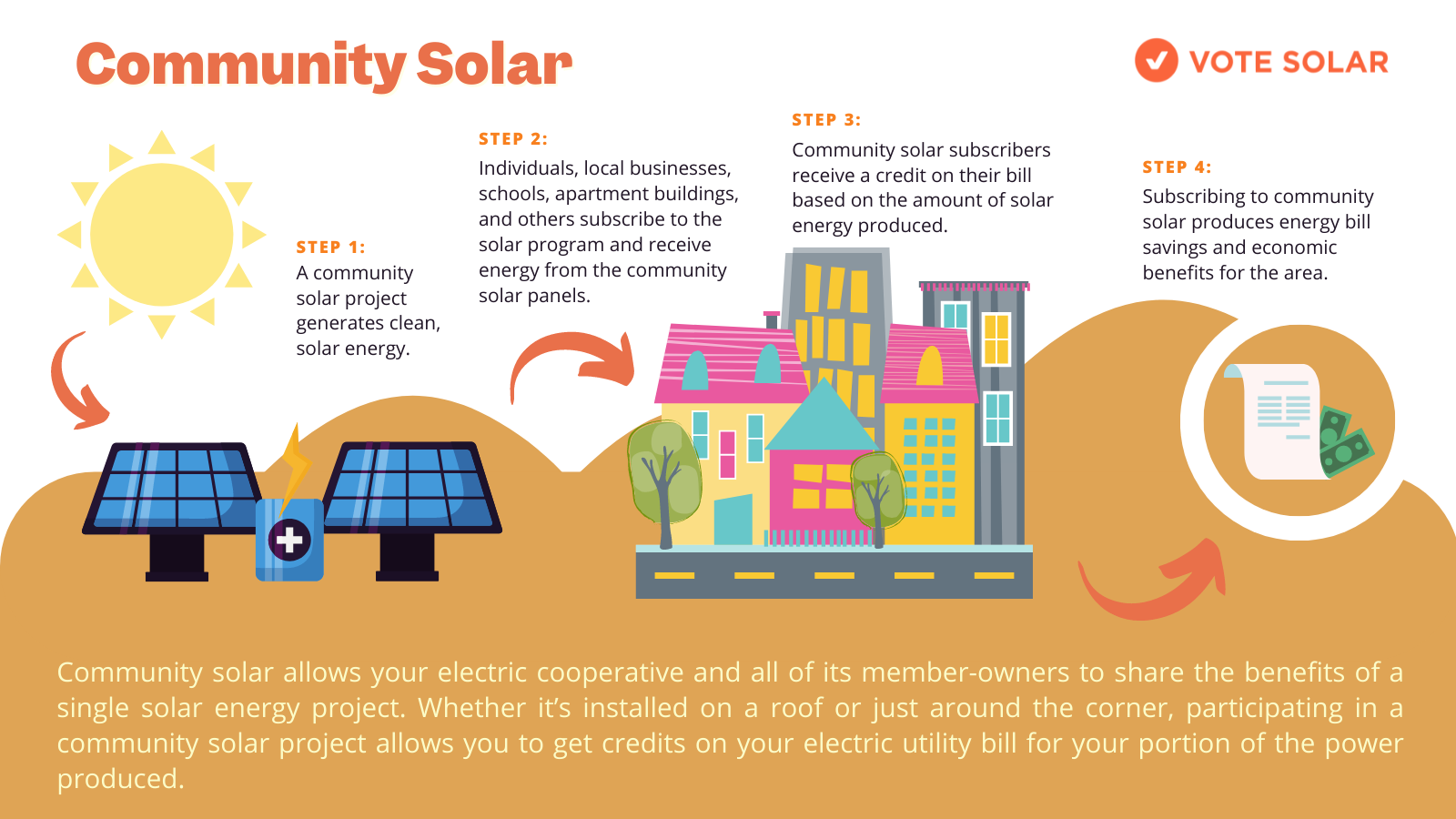The Future of Community Solar in Arizona
Arizonans face a future of extreme temperatures, climate-related disasters, severe pollution, and drought. Many advocacy groups, activists, concerned citizens, and policymakers attempted to address those issues threatening Arizonans with the policy entitled the Arizona Energy Rules. The Clean Energy Rules would have required Arizona to meet carbon reduction targets and prepare for climate-related changes to the state. In the light of the recent failure of this policy, new policy and programs must be implemented to serve Arizonans, particularly low- to moderate-income communities. Community solar policies and programs serve as an option to taper fossil fuel reliance and help families access the benefits of clean energy and adapt to climate change.
How does it work?
Community solar is an essential tool for expanding access to clean energy to low- and moderate-income communities, who bear the greatest burden from energy costs yet have the least ability to access the benefits of clean energy. Arizona’s lack of a community solar program prevents up to three quarters of households from reaping the many benefits that solar energy provides, including residents of multi-family housing, renters, those who cannot afford the upfront cost of solar panels, and households who do not benefit from tax credits. This program can offer additional benefits above and beyond clean energy and bill savings, including opportunities for enhanced community resiliency. In contrast, existing utility-led solar projects benefit monopoly utilities and are do not provide energy savings or other benefits to historically marginalized communities.

Currently, Arizona has not implemented community solar. There are a few existing shared solar programs in the state, but energy utilities led these programs and do not offer energy savings and limits the size. While there is no law or regulation preventing these installations, the utility currently has the ability to deny accepting power from a community solar installation into their grid system.
The APS Solar Communities program is available to qualifying low-income households, who receive a fixed monthly bill credit in exchange for hosting a solar installation on their roof. Homeowners don’t directly benefit from the energy produced by the solar array, and renters cannot participate. In contrast, a community solar program allows any APS customer, including renters, to subscribe to a solar project located in their community and receive bill credits that are proportional to their subscription size. Community solar projects can owned and operated by third-party solar companies, or they could be owned by municipalities, nonprofits, or community organizations (for example, a church or a school).
What’s next?
Arizona needs a clearly defined community solar program to protect the investment and expansion of clean energy. Enabling this program would increase equitable and open access to clean energy for lower-income households and communities, allowing them to benefit from the economic, health, and emissions benefits of solar energy.

